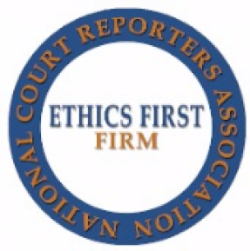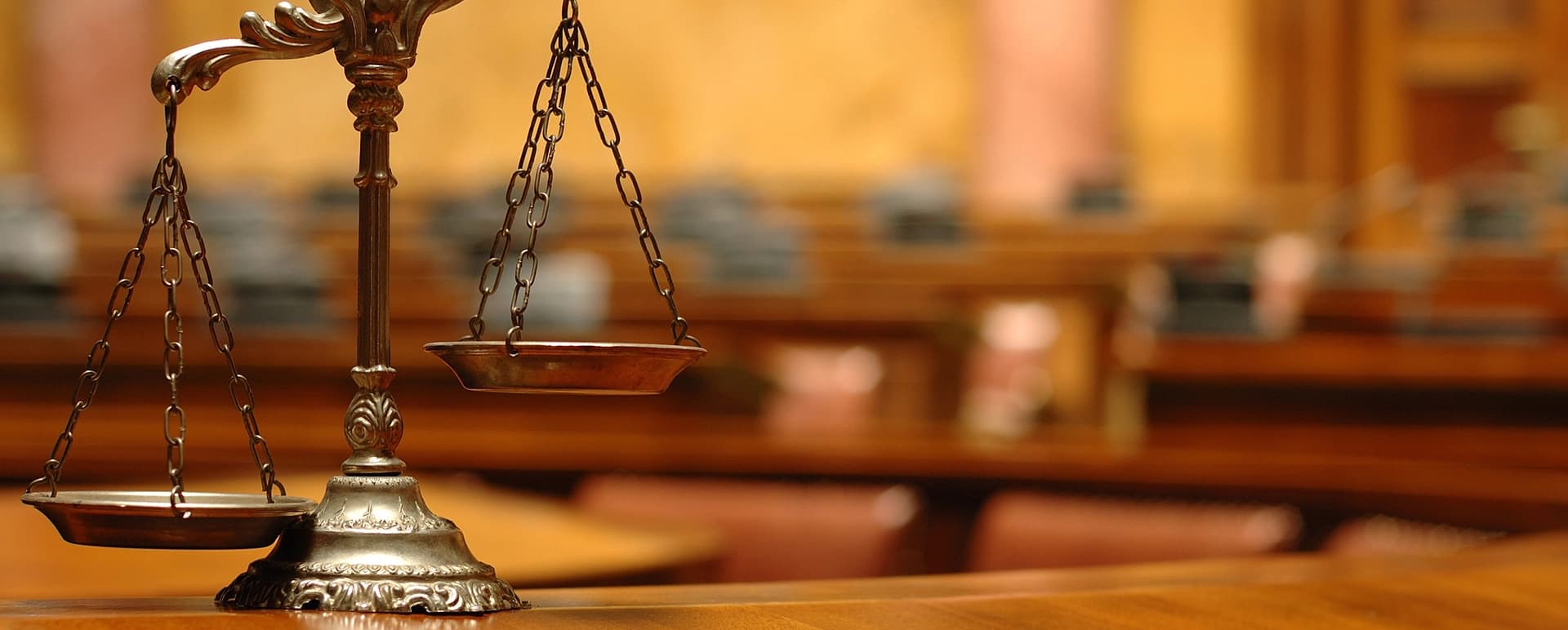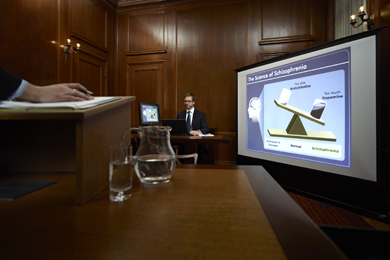Astound the Court: Necessary Components of a Powerful Trial Presentation
In the realm of lawful campaigning for, the capacity to mesmerize a court is critical to the end result of a trial (trial presentation). Vital elements such as understanding the target market, crafting a compelling story, and mastering spoken and non-verbal communication are important parts of an efficient discussion. The strategic use of visual aids can substantially enhance understanding and retention of crucial arguments. As these factors link, they form a natural strategy that not only informs however likewise involves jurors on several degrees. What particular strategies can truly change a typical presentation into a memorable experience for the court?

Understanding Your Audience
Comprehending your target market is a pivotal aspect of reliable test discussion. An effective presentation depends upon the capability to realize the demographics, worths, and predispositions of jurors. This comprehension educates how arguments are framed, evidence exists, and emotional charms are crafted, making sure that the message reverberates with the jurors on a personal level.
Study shows that jurors originated from diverse backgrounds and may have varying degrees of recognizing concerning legal proceedings (trial presentation). Thus, it is essential to prevent lawful jargon that could alienate or confuse them. Instead, using clear, relatable language promotes interaction and understanding. Furthermore, comprehending the jurors' potential biases and life experiences permits the test speaker to prepare for arguments and address problems proactively.
Efficient trial presentation also involves observing jurors' responses during the process. Being attuned to non-verbal cues can supply insight right into their interaction and receptivity, enabling real-time modifications in strategy. Inevitably, a profound understanding of the audience not just enhances interaction however also constructs rapport, boosting the likelihood of a positive outcome. Engaging with jurors as people as opposed to a cumulative unit is crucial in promoting a solid link in the court.

Crafting a Compelling Story
Crafting an engaging story is necessary in directing jurors with the complexities of a case. A well-structured story not just streamlines elaborate lawful principles however likewise involves jurors on a psychological level, making the details a lot more relatable and memorable.
To attain this, lawyers should begin by determining the core message they desire to communicate. This message should resonate with the jurors' worths and experiences, promoting a link that goes beyond mere truths. The story must unravel realistically, presenting events in a clear sequence to prevent confusion. This sequential approach can assist jurors follow the progression of occasions, emphasizing domino effect.
Incorporating human elements-- such as personal tales or stories-- can further improve the narrative's effect. These components evoke empathy, enabling jurors to picture the effects of the case on the real worlds. Furthermore, using a constant motif throughout the discussion reinforces the main argument, making it much easier for jurors to maintain crucial points.
Inevitably, an engaging story changes a test discussion from a plain address of facts into a convincing tale that mesmerizes the court, motivating them to ponder with both factor and emotion.
Using Aesthetic Help
Including aesthetic help into a trial discussion can substantially enhance jurors' comprehension and retention of details. Aesthetic materials such as charts, layouts, pictures, and videos can transform complicated legal principles and proof into conveniently absorbable styles. By engaging multiple senses, these help enable jurors to imagine the case's crucial elements, making it simpler for them to adhere to along and understand elaborate information.
Moreover, properly designed visual help can highlight crucial points and emphasize partnerships between various pieces of proof. Timelines can successfully illustrate the series of events, while annotated photos can clarify certain details appropriate to the case. This not only help in understanding yet likewise enhances the narrative presented by the lawyer.
Excessively complex or chaotic visuals might overwhelm jurors and take away from the message. Ultimately, effective visual communication can be an effective tool in persuading jurors and helping them reach educated conclusions.
Mastering Verbal Communication
Efficient spoken communication is important in a test discussion, as it acts as the key methods via which lawyers communicate their debates and connect with jurors. Grasping this ability entails clearness, persuasion, and involvement. Lawyers need to verbalize their points clearly and briefly, staying clear of lawful jargon that may confuse jurors. Simplicity in language cultivates understanding and aids jurors grasp intricate concerns offered during the test.
Furthermore, tone and pacing significantly influence just how messages are obtained. A certain tone shares authority, while proper pacing allows jurors to soak up details without feeling bewildered. Lawyers should also differ their vocal inflections to important site emphasize bottom lines and maintain jurors' passion throughout the presentation.
In addition, the company of verbal arguments is essential. Structuring the narrative practically and coherently assists jurors follow the lawyer's logic, making it easier for them to retain essential information. Using influential techniques, such as narration, can also enhance the psychological resonance of the debates presented, therefore producing an extra profound link with jurors.
Inevitably, mastering verbal interaction not just enhances an attorney's situation yet also fosters trust fund and rapport with the court, dramatically improving the opportunities of a favorable decision.

Engaging With Body Movement
Nonverbal communication plays an important function in test presentations, frequently sharing messages that words alone can not share. Body movement, including motions, position, face expressions, and eye get in touch with, significantly affects how jurors view the integrity and sincerity of the speaker. A certain stance, with shoulders back and image source an open stance, can impart trust fund, while closed-off body language might suggest defensiveness or uncertainty.

Face expressions should mirror the emotions related to the case, reinforcing the story existing. As an example, a sincere expression throughout a poignant minute can elicit empathy and reinforce the sob story. Eventually, understanding body movement is important for effective test discussions, as it boosts spoken communication and develops a compelling visibility that resonates with the court.
Verdict
To conclude, mesmerizing the court demands a tactical strategy that includes understanding the audience, crafting an engaging narrative, making use of aesthetic help, understanding spoken communication, and involving through body movement. Each element plays a critical role in creating a powerful trial presentation that resonates with jurors on both psychological and intellectual degrees (trial presentation). By incorporating these elements successfully, lawyers can significantly enhance their capability to encourage and affect court decision-making